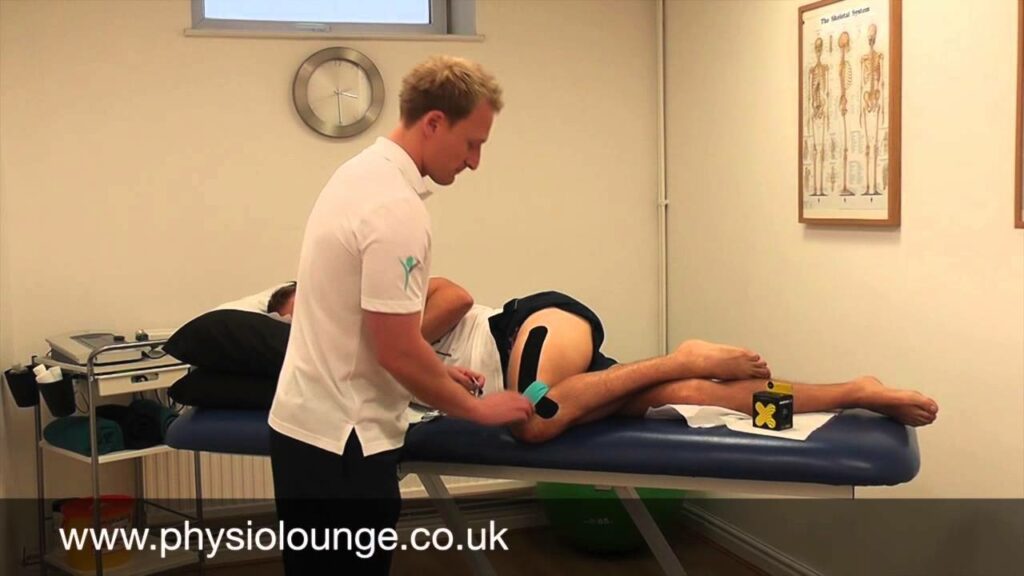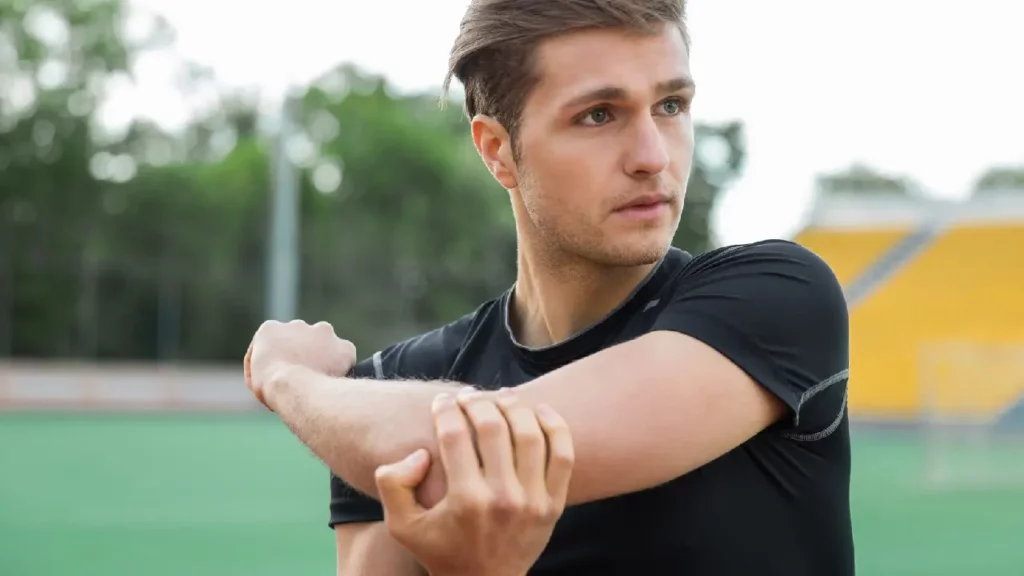We are continuing our compound lift series today with The Deadlift… The deadlift is essentially lifting something heavy and putting it back down… that’s the deadlift in a nutshell. Its simplicity makes it one of the fundamental movements for building a solid foundation of strength in any athlete. Resisted hip extension has a huge amount of carry over to most functional human movements such as getting up out of chair, going up stairs and lifting your child up off the floor.
Challenging multiple core muscle groups simultaneously, the deadlift also stimulates the release growth hormone and testosterone, facilitating improvements in bone mineral density and muscular hypertrophy. The deadlift and its variations are hugely beneficial to anyone who plays competitive sports. The ability to overcome an external mechanical load going from hip flexion to extension translates to most athletic activities such as sprinting, jumping or cutting.
Performed with a double overhand grip or an alternate grip, where one hand grips the bar overhand and the other underhand. The reverse grip will allow you to lift heavier but places additional stress on the biceps of the underhand gripping arm so caution is always advised here. Always squeeze the bar as hard as you can as it leaves the ground and focus on form. Keeping your back straight and your head facing forward throughout, lift the bar using your legs and driving your hips forward. The deadlift should be a fast and powerful lift using your legs and glute strength. Aim to move the bar as explosively as possible to help with rate of force production during athletic movement on the field or court.
Dead Lift Top Tips
Neutral head position
Keeping the head in a neutral position throughout the lift, is achieved by looking forwards fixing the eyes on a spot or object around 2-3 metres straight ahead. Focus on keeping your chin up for the best position for lifting.
Chest out – shoulders back
Keeping a strong back with chest out and shoulders back, the shoulders should remain slightly in front of your hands until the bar passes mid-thigh level, at which point you want to retract your shoulder blades for a strong and stable torso.
Maintain a braced core
Before initiating movement you should brace your core using whats known as the valsalva manoeuvre whereby you brace the trans abs, diaphragm and pelvic floor in order to support the lumbar spine throughout.
Move explosively
As motioned previously the objective of the deadlift is to displace the bar as quickly as possible as this is what is required by most athletic activities. The ability to produce force quickly is one of the main factor that divides winners and losers on the playing field. The emphasis is on the upward movement, therefore its ok to drop the bar slightly on the ways back down.
Strong grip
With most people both men and women, grip is the factor that limits what you can lift. Therefore it’s essential to grip the bar in whatever way feels most firm and secure to you personally. Always ensure you squeeze the bar as hard as you can, especially in heavier sets, before the bar leaves the floor.
Deadlift Variations
Romanian Deadlift (RDL)
The Romanian Deadlift is performed with a stiffer leg than its conventional counterpart. Emphasising hamstring and glute strength over quad strength, there’s no need to go heavy for the Romanian deadlift to be effective, so start small.
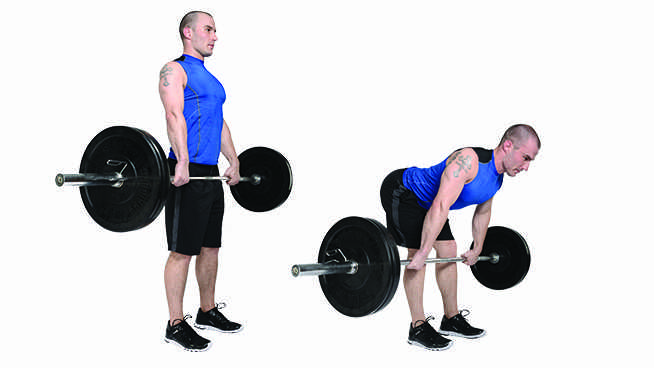
Trap Bar Deadlift
Also called the hex bar deadlift, due to the hexagonal shape of the bar that’s used. This is a brilliantly effective version of the classic deadlift, that less technically demanding and therefore easier to perform. Great building strength in a way that doesn’t put as much pressure on your lower back as other deadlift variants because gravity won’t pull you forwards.
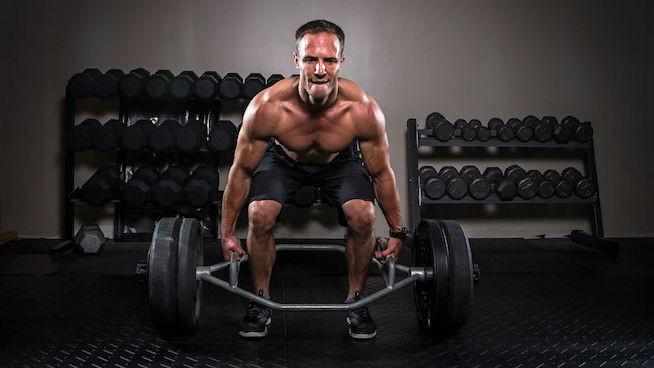
Sumo deadlift
Place your feet wider apart and grasp the bar with a slightly narrower grip than you would with a regular deadlift. This variation targets the adductors and hamstrings, forming a more comprehensive strength profile throughout the lower limb.
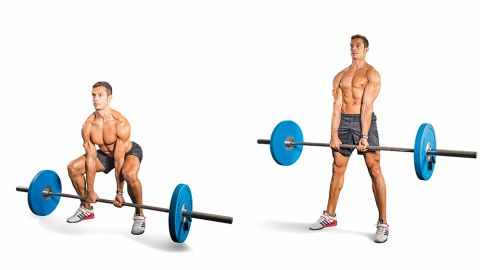
Snatch-grip Deadlift
Hold the bar with a wider grip to place greater emphasis on your upper back (trapezius) muscles.
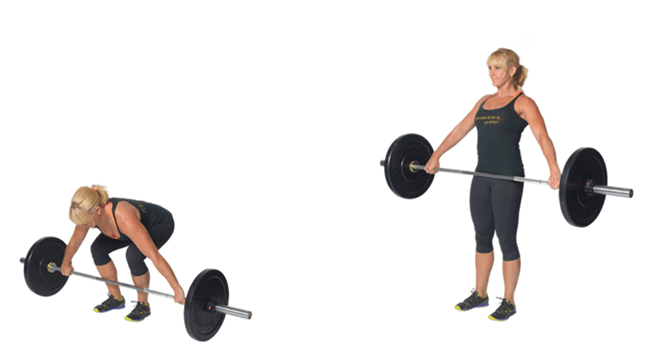
You should now feel more confident with this essential compound lift but remember the your form is everything to avoid unnecessary load on the lower back and other joints. So start light and build the load progressively to avoid injury and be efficient with your lifts. Next time we will be covering The Overhead Press.


